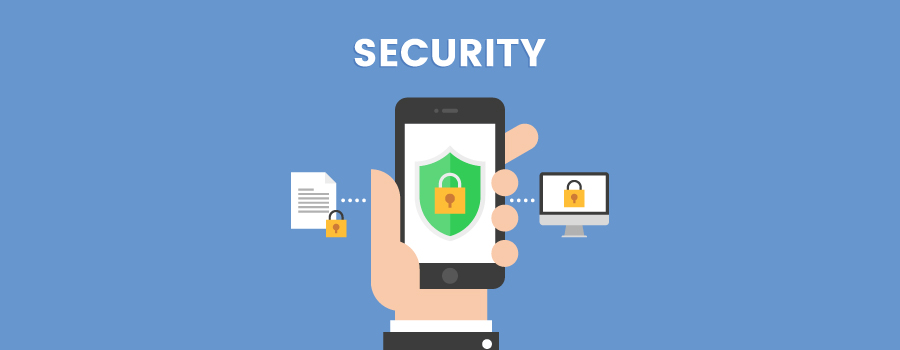
Learn The A-Z On Social Media Security
In the digital age, social media platforms have become integral to our daily lives, serving as avenues for communication, entertainment, and education. However, these platforms are also fertile ground for cyber threats, from identity theft to data breaches. Understanding social media security is essential for protecting personal information and maintaining online safety. Here’s an A-Z guide to help navigate the complexities of social media security.
A: Awareness
Being aware of the potential risks on social media is the first step toward security. Recognize the common threats such as phishing scams, malware, and impersonation.
B: Block and Report
Don’t hesitate to block and report suspicious or harassing users. Social media platforms have mechanisms in place for users to report abuse and violations of their terms of service.
C: Confidentiality
Keep personal information confidential. Avoid sharing sensitive details like your address, phone number, or financial information on social media.
D: Data Privacy Settings
Regularly review and adjust your privacy settings to control who can see your posts and personal information. Platforms often update their settings, so stay informed.
E: Encryption
Use encrypted messaging apps for private conversations. Encryption ensures that only the sender and recipient can read messages.
F: Friends and Followers
Be selective about whom you accept as friends or followers. Limit your connections to people you know to reduce the risk of exposure to harmful content or scams.
G: Geotagging
Be cautious about geotagging posts with your location. It can reveal your whereabouts to strangers and potentially compromise your safety.
H: HTTPS
Ensure that any social media platform you use has HTTPS in its URL, indicating that the connection is secure and encrypted.
I: Identity Verification
Be wary of accounts that lack verification, especially those claiming to be public figures or organizations. Verified accounts have a checkmark or similar symbol.
J: Jargon
Understand the jargon and settings specific to each social media platform to effectively navigate their security features.
K: Keep Software Updated
Regularly update social media apps and your device’s operating system to protect against vulnerabilities and malware.
L: Log Out
Always log out of your social media accounts on shared or public devices to prevent unauthorized access.
M: Multi-factor Authentication (MFA)
Enable MFA whenever possible. This adds an extra layer of security by requiring a second form of verification beyond just a password.
N: Notifications
Set up security notifications to alert you of any unusual activity on your accounts, such as login attempts from unfamiliar locations.
O: Oversharing
Avoid oversharing personal information. Details about your daily routine, workplace, or upcoming vacations can be used by cybercriminals.
P: Password Strength
Use strong, unique passwords for each social media account. Consider using a password manager to generate and store complex passwords.
Q: Questionable Links
Be cautious about clicking on links, even those shared by friends. They may lead to malicious websites or scams.
R: Recognize Scams
Educate yourself on the types of scams prevalent on social media, such as fake giveaways or investment schemes, and learn how to recognize them.
S: Secure Wi-Fi
Avoid accessing social media on public Wi-Fi networks without a VPN, as these networks can be insecure and expose your data to cybercriminals.
T: Two-factor Authentication
A subset of MFA, two-factor authentication requires two types of credentials for logging in, significantly enhancing account security.
U: Updates
Stay informed about new security features and updates for your social media platforms.
V: Vigilance
Maintain vigilance for signs of account compromise, such as unauthorized posts or messages sent from your account.
W: Wary of Strangers
Exercise caution when interacting with strangers. Scammers often create fake profiles to exploit users.
X: eXamine Privacy Policies
Read and understand the privacy policies of social media platforms to know how your data is used and protected.
Y: Your Digital Footprint
Be mindful of your digital footprint. Everything you post online can potentially be seen by employers, colleges, and cybercriminals.
Z: Zero Trust
Adopt a zero-trust approach to security: never assume safety and always verify. Assume that any request for personal information or money could be a scam and verify through secure, independent means.
By following these A-Z guidelines, users can significantly enhance their security on social media platforms, ensuring a safer online environment for themselves and their contacts.



